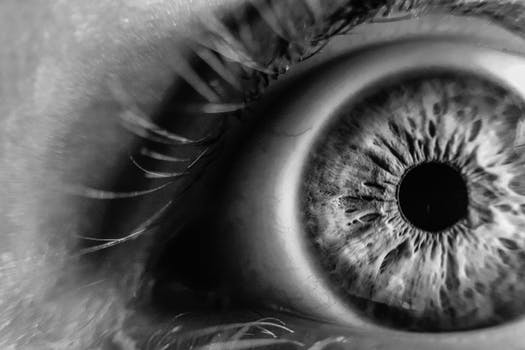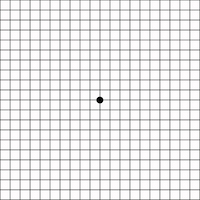Imagine a world without vision. Macular degeneration is New Zealand’s leading cause of blindness, is often treatable and can be detected by a simple test.
Phillippa Pitcher from Macular Degeneration New Zealand (MDNZ), says: “One in seven New Zealanders over the age of 50 have some evidence of MD and one in four over the age of 80 have some vision loss. There is also a 50% chance you will be affected by MD if a family member has the condition.”
“However, our new research shows there are still many Kiwis who are totally unaware of the condition and we need to educate them about the condition and the importance of early detection. Treatment has the potential to stabilise the vision of many patients.”
 What is Macular Degeneration?
What is Macular Degeneration?
The macula is the central part of the retina, the light sensitive tissue at the back of the eye. The retina processes all visual images. There are two types of macular degeneration, which can result in loss of central vision. The ‘Dry’ form results in a gradual loss of central vision and can’t be treated. The ‘Wet’ form is characterised by a sudden loss of vision and is caused by abnormal blood vessels growing into the retina. Immediate medical treatment is essential if symptoms occur.
Treatment Revolution
Since 2005, New Zealand has had access to Anti-VEGF treatments, which have been hailed as one of the greatest advances in medicine in the past decade and can aid wet MD. Treatment stabilised the vision for 95% of patients in all the treatment trials. Also, 40% of treated patients retained driving vision and 30% actually gained up to 3 lines of vision on a vision chart. The incidence of Blind Foundation membership per 100,000 decreased markedly since the treatments for wet MD were introduced in 2005.
Phillippa continues: “Treatment options are available for the most severe form of MD and already we are seeing the benefit of treatment for a number of New Zealanders. Imagine how many more Kiwis would have their sight saved if they were aware of the condition. With early detection, treatment can be administered to prolong or even improve eye sight.”
Findings also uncovered the risk of developing MD can be reduced by lifestyle choices, including eating a healthy well-balanced diet, which can modify the progression of MD.
“Those with dry MD can also slow its progression, by making changes to their lifestyle; reducing smoking, improving nutrition, and taking evidence based eye health supplements. Early detection, however, is essential and our Awareness Week aims to encourage all New Zealanders over 50 to have regular eye examinations.”
A Simple Sight-Saving Test
To make people aware of the importance of early detection, Macular Degeneration New Zealand (MDNZ), is encouraging Kiwis across the country who are aged over 50 to have their macular checked. A simple sight test from the confines of your own home may help identify early signs.
Using the Amsler Grid test below, anyone can easily identify if they have a macular problem. This does not replace an eye examination and everyone over 50 should have a macula check. However, MDNZ believes this simple test has the potential to help thousands who may be at risk and not know about it.
 If you wear reading glasses or contact lenses do not remove them for this test.
If you wear reading glasses or contact lenses do not remove them for this test.
Hold the grid at a comfortable reading distance (approx. 33cm) in a well-lit room.
Cover one eye with your hand and focus on the centre dot with your uncovered eye. Repeat with the other eye.
If you notice any wavy, broken or distorted lines, blurring or gaps in the grid, you may have a macular problem and should see an eye care specialist.
Support and information is available at Macular Degeneration NZ.









Join the Discussion
Type out your comment here:
You must be logged in to post a comment.